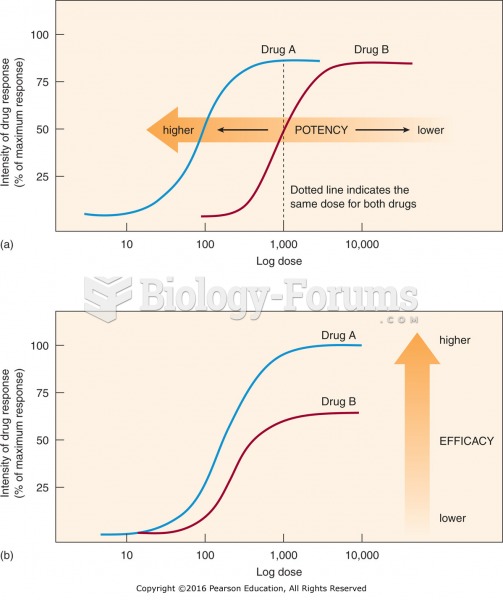|
|
|
Bacteria have flourished on the earth for over three billion years. They were the first life forms on the planet.
After a vasectomy, it takes about 12 ejaculations to clear out sperm that were already beyond the blocked area.
Blood in the urine can be a sign of a kidney stone, glomerulonephritis, or other kidney problems.
By definition, when a medication is administered intravenously, its bioavailability is 100%.
The use of salicylates dates back 2,500 years to Hippocrates's recommendation of willow bark (from which a salicylate is derived) as an aid to the pains of childbirth. However, overdosage of salicylates can harm body fluids, electrolytes, the CNS, the GI tract, the ears, the lungs, the blood, the liver, and the kidneys and cause coma or death.







